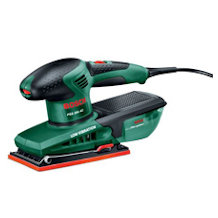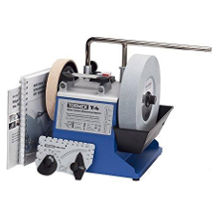Cordless angle grinder purchasing advice: how to choose the right product
- What you need to know
- Angle grinders can smooth surfaces or sharpen edges with the help of grinding wheels.
- The power of the battery-powered grinders is sufficient for most everyday work.
- There are grinding wheels for different materials and operations. Besides grinding, polishing and derusting are also possible.
- Functions such as soft start and restart protection make working with the device safer.
- Utensils such as a guide carriage and a cutting stand facilitate the handling of the angle grinder.
What is a cordless angle grinder?
An angle grinder is a grinder with a grinding wheel driven by a motor, which allows it to rotate very quickly. In this way, you can not only grind surfaces, sharpen edges and remove rust, but with the appropriate attachment, for example, polishing work is also possible. In addition, you can sometimes cut through materials such as plastic, aluminum or copper.
The term angle grinder comes from the angular gearbox built into the device, the bevel gear. The tool is also commonly known under the name “Flex”. This term, ironically, comes from a time when the device had an electric motor with a flexible shaft instead of an angular gear. The manufacturing company of the first angle grinders Ackermann & Schmitt (today Flex-Elektrowerkzeuge) registered the term as its own trademark, which is still used as a deonym for angle grinders in many languages.
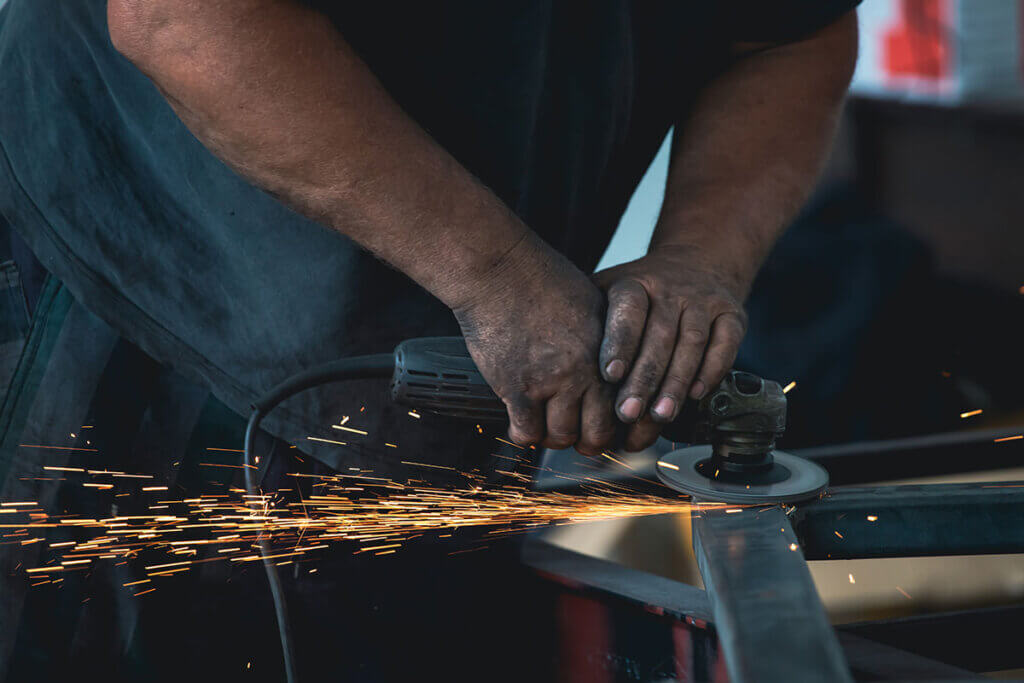
Battery instead of power cable
Often angle grinders, like other types of grinders, are powered by mains electricity and cable. However, there are also models with rechargeable battery: In these cases, you have to make do with a limited operating time, which is determined by the charge level and the capacity of the battery. For versions with five to six ampere hours, which are usually recommended by the manufacturers for their devices and are also within a usual range, you can expect an operating time of around 45 minutes. However, exactly how long a battery charge lasts also depends on the type of work and the associated stress on the device.
The maximum power of cordless angle grinders is also lower than it would be with corded devices. In most cases, depending on the model, you can expect a speed of between 7,000 and 11,000 revolutions per minute; this is usually sufficient for everyday work. For sanding, you should use a device with at least 1,000 watts of power; with 1,500 watts, you can also cut materials such as wood or plastics well.
The advantage of cordless grinders is clearly that you can work with them more flexibly, because they do not rely on any annoying cable or limited range. This is especially useful if you want to carry out the work with the grinder outside, where a power connection is not always available or you may not have an extension cord at hand.
Handy dimensions
Depending on the model, there are differences in power and dimensions of angle grinders. However, the devices differ marginally in most specifications. A weight of between two and three kilograms including the battery is common, but some manufacturers also offer lighter models. In length, angle grinders usually measure between 30 and 40 centimeters. With these dimensions, the tools fit well in the hand and can be guided comfortably. In general, it should be noted that models that have larger grinding wheels, for example, with a diameter of more than 20 centimeters, are usually larger than devices for smaller discs.
Types grinding wheels
You can access a variety of grinding wheels and other attachments for different activities. On the one hand, these differ in diameter; usually, dimensions between 10 and 23 centimeters are common here, but cordless angle grinders are also compatible with special discs with a diameter of 7.6 centimeters. The larger the diameter, the deeper the disc cuts. On the other hand, the grinding surface of the discs is different. So you can use them for different operations and materials.
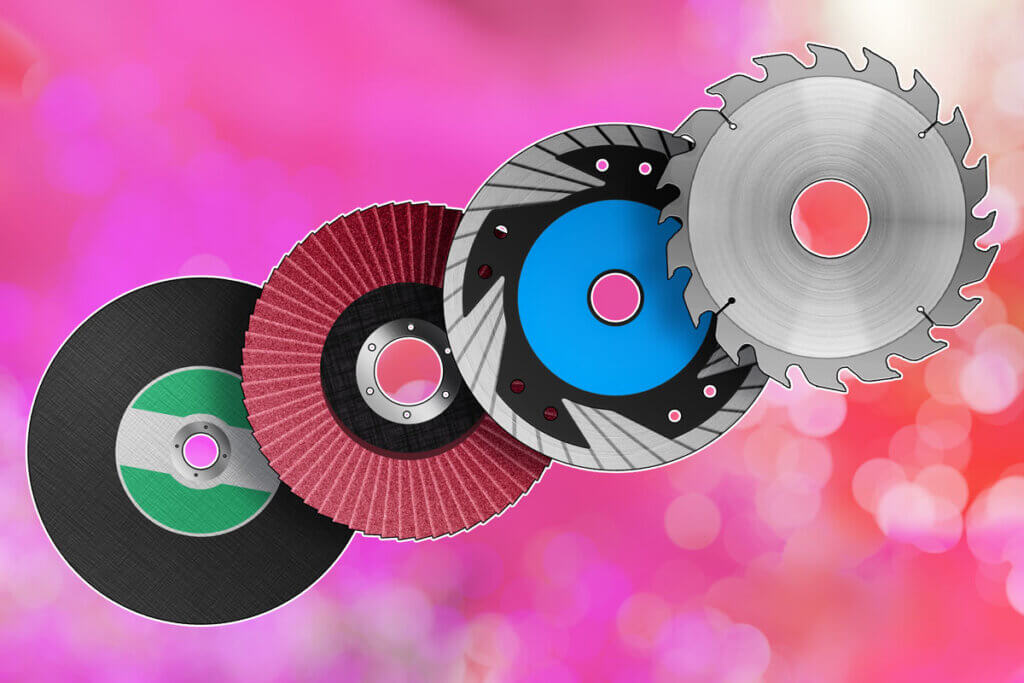
Cutting discs
These relatively thin discs, created from the mineral corundum or silicon carbide, can be used for and cut plastics and materials such as metal, concrete or natural stone. Grinding operations such as flattening edges must be performed with extreme care, as the wheel may break if subjected to excessive pressure.
Diamond cutting discs
Where normal cut-off wheels cannot go any further, you can use diamond cut-off wheels. These are made of metal and have a diamond component in the grinding edge. They are suitable for particularly clean cuts, for example in tiles or asphalt. Models with serrated or segmented edges are available for special work and fast cuts.
Grinding wheels
With a thickness of about six millimeters, these discs are significantly more robust than cut-off wheels. They are needed for rough grinding, flattening welds or milling off large pieces of edges. Their surface is very rough and accordingly wears out faster. There are universal models, but also grinding wheels specialized for certain materials.
Serrated lock washers
The grinding surface is fan-shaped and works quietly and gently. It is mainly used for sanding edges or rust removal and is suitable for many materials from wood to plastic and metal. With these discs you can tackle both rough grinding and fine grinding.
Specific grinding wheels
Just like sandpaper with different grit densities, there are also sanding discs for different applications. While some are designed for rust removal, others are specifically for sanding wood or removing paint.
More essays
Beyond grinding and cutting, an angle grinder is suitable for other applications. A soft fur disc and reduced speed can be used to polish surfaces; attachments with a wire brush are used for intensive cleaning, coarse rust removal or woodworking.
Some angle grinders can also be equipped with saw blades. However, you should only use them if they have an appropriate guide carriage and a cover for the panes, otherwise their use can be life-threatening. You should avoid very cheap or poorly declared goods or products that do not meet European standards.
Pay attention to expiration date Grinding wheels do not last forever. Since they have a synthetic resin compound – except for the metal diamond cutting discs – they can become brittle over time. Therefore, it is recommended that the discs are not used for more than three years or until the specified expiration date. If a grinding wheel breaks during operation, this can lead to serious injuries.
Functions of cordless angle grinders
Some setting options facilitate the work and make the handling of the tool safer. The soft start prevents the tool from starting immediately at full power. Instead, it ensures that the grinding wheel starts up slowly and only reaches maximum speed after a few seconds.
With the help of the speed control, the angle grinder automatically adapts to the working method and the substrate. Thus, the turntable does not overheat and the machined material is not damaged, but loaded to the correct extent.
Device cooling or overload protection is also available on some models so that they do not heat up too quickly.
A mandatory function for an angle grinder is the restart protection. This prevents the device from starting as soon as you connect it to the power supply or insert a battery. Even if there is a switch that sets the device to continuous operation, it deactivates as soon as the battery is empty.
The functions of angle grinders are sometimes called by other terms by the manufacturers. For example, it is then called “Speed Control” instead of speed control.
Accessories for angle grinders
In addition to the functions integrated in the device, there are also optional accessories, some of which are included in the scope of delivery, but some of which can also be purchased on request. You don’t need an additional gadget for every application, but some jobs can be made easier with you.
Protective cover
A protective hood is installed over the grinding wheel and partially covers it. On the one hand, this reduces the risk of accidentally getting your fingers into the running wheel, and on the other hand, the protective hood keeps out flying particles such as wood chips or metal dust that are generated when working with the grinder.
Suction hood
Most of the work you do with the sander creates a lot of dust due to the abrasion of the materials. A hood with a suction nozzle, to which a suction tube is attached, greatly reduces the amount of dust generated or ensures that the fine abrasion is absorbed directly. This is collected in a bag or container so that you can dispose of it at the end.
Guide carriage
An angle grinder can be inserted into this fixture so that you can grip the tool better and guide it more easily. If you want to perform straight movements with it, for example, when cutting materials, a guide carriage is a good option. Make sure that the carriage is compatible with your grinder; ideally, get a version from the same manufacturer. Many models have an opening for an exhaust port.
Separator stand
In such a stand you can clamp the angle grinder or the workpiece to be cut, such as a pipe or rod. This way the device becomes a stationary tool and you prevent anything from slipping. With the help of a long lever, the grinder is guided and can cut materials very slowly and precisely. In addition, a higher level of work safety is ensured.
Guide rail
The rail ensures that you guide the angle grinder accurately and straight over a longer distance. You attach it to the base and can run the grinder along it, along with the guide carriage, to perform straight cutting and parting operations. The purchase of this additional part is usually useful in combination with a guide carriage.
Carrying case
A carrying case or storage box is ideal for all power tools. This allows you to conveniently transport the device and its accessories, and smaller objects such as grinding wheels and spare parts can be found quickly. In addition, the angle grinder and all its accessories are protected from external influences. Especially if you leave the device unused for a longer period of time, an appropriate storage option is recommended.
Battery
Although a cordless angle grinder does not work without it, not every device comes with a battery. This is due to the fact that the batteries of renowned brands such as Bosch or Makita are compatible with other tools from the same manufacturers. Therefore, they do not include a battery with every device. Most cordless angle grinders run on batteries with a voltage of about 12 to 18 volts.
Work with an angle grinder
An angle grinder is usually operated with two hands. There are also one-handed models, but they are not as powerful, on the one hand, and not suitable for all grinding work, on the other. In addition, leading with both hands is much safer. On the body of the device, turn on the tool and hold it firmly in the handle. Further forward, near the grinding wheel, most models have a second handle, at about a right angle, that you use to guide the tool. This can ideally be remounted on the other side, depending on whether you are right- or left-handed. If you are working on a horizontal surface, you can use your weight to apply pressure to the grinding plate. In addition, in this working posture, you can easily exert a counterweight when the angle grinder pushes in the direction of rotation.
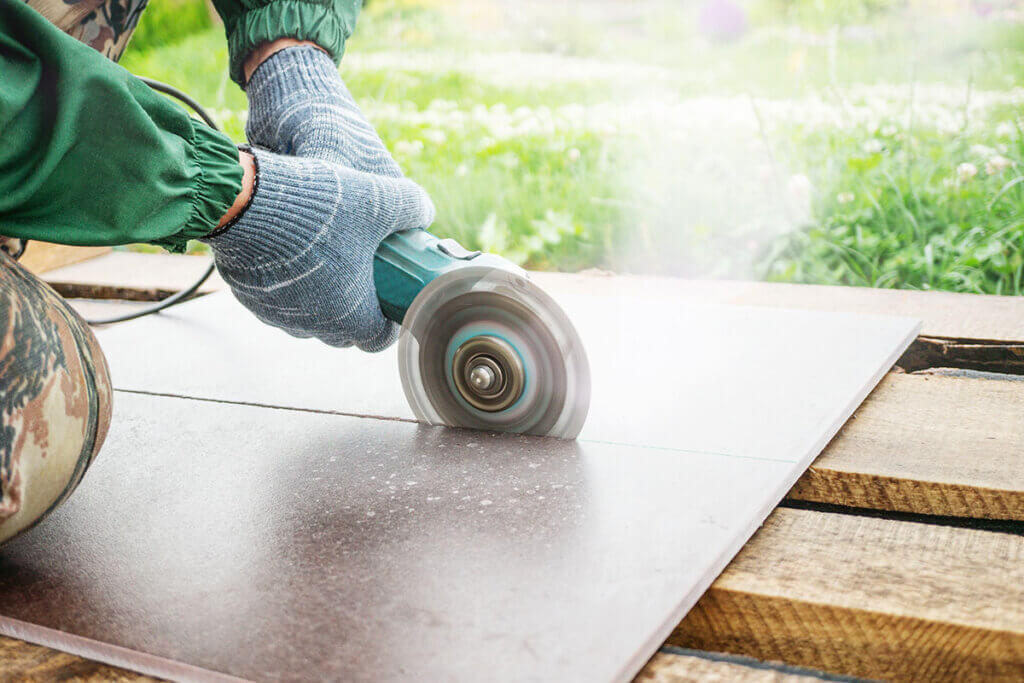
Safety is paramount
Even though settings such as the restart protection ensure that working with the angle grinder has become safer, you should not do without a certain level of protective equipment when handling such a device. On the one hand, it is important to wear robust work gloves that protect against possible contact of the skin with the grinding wheel or hot-running parts. Secondly, you should provide the necessary grip so that you can safely grasp the grinder handles.
Well-fitting and tight-fitting safety glasses will prevent you from getting dust, chips or other tiny particles in your eyes. Earmuffs ensure that you are protected from the noise of work. Angle grinders reach a noise level of up to 100 decibels even when idling, which is roughly equivalent to an incoming subway train.
Image 1: © erika8213 / stock.adobe.com | Image 2: © FinalCheck | Image 3: © oksanamedvedeva / stock.adobe.com

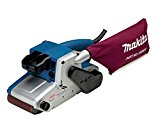
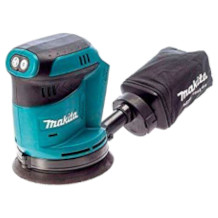
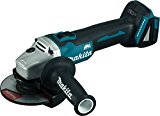
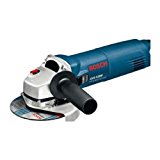
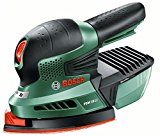
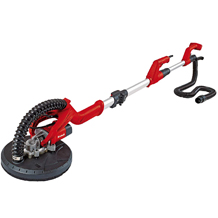












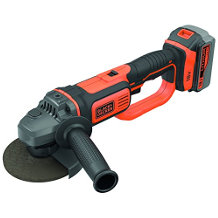

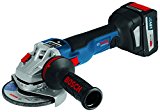



 6,691 reviews
6,691 reviews






